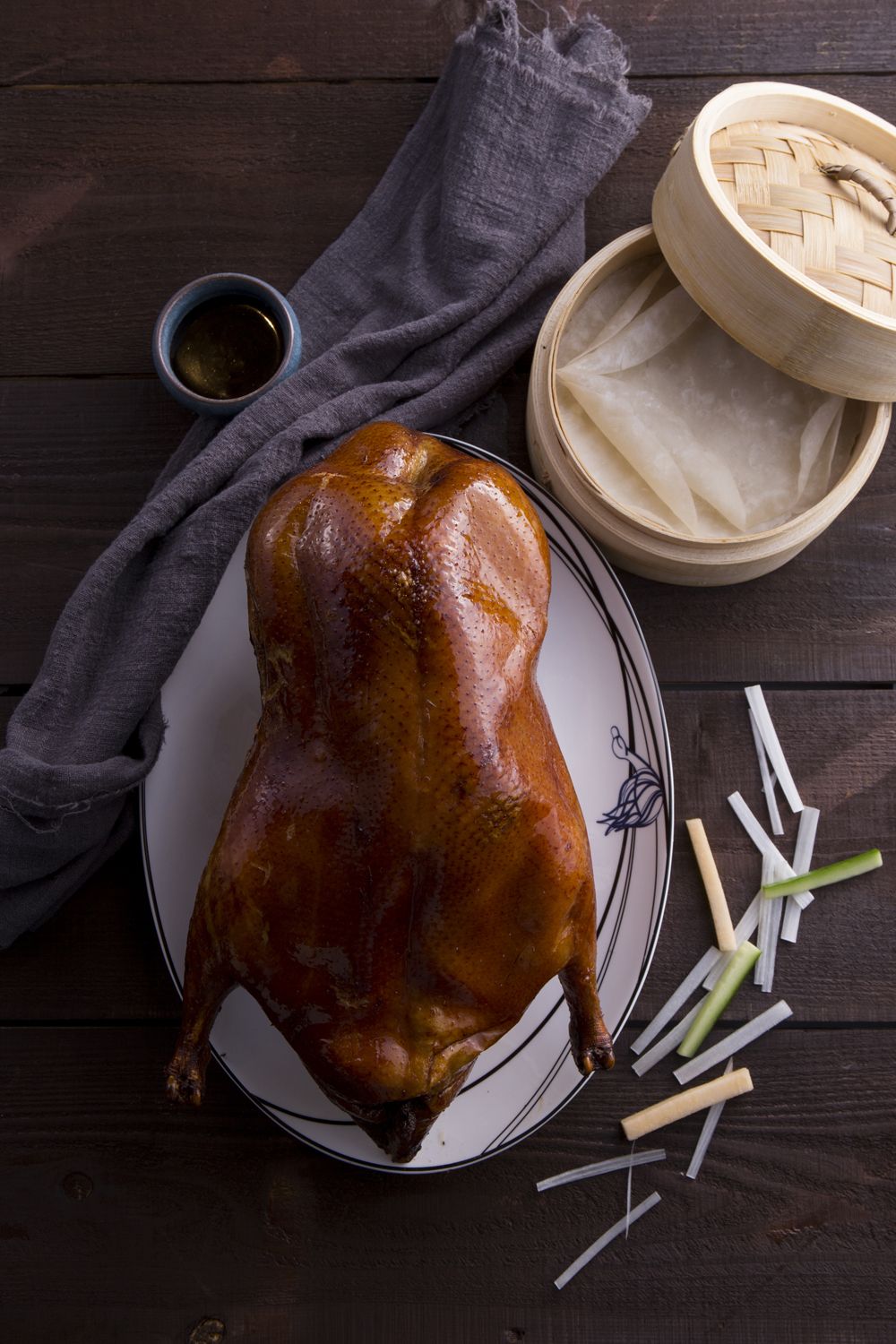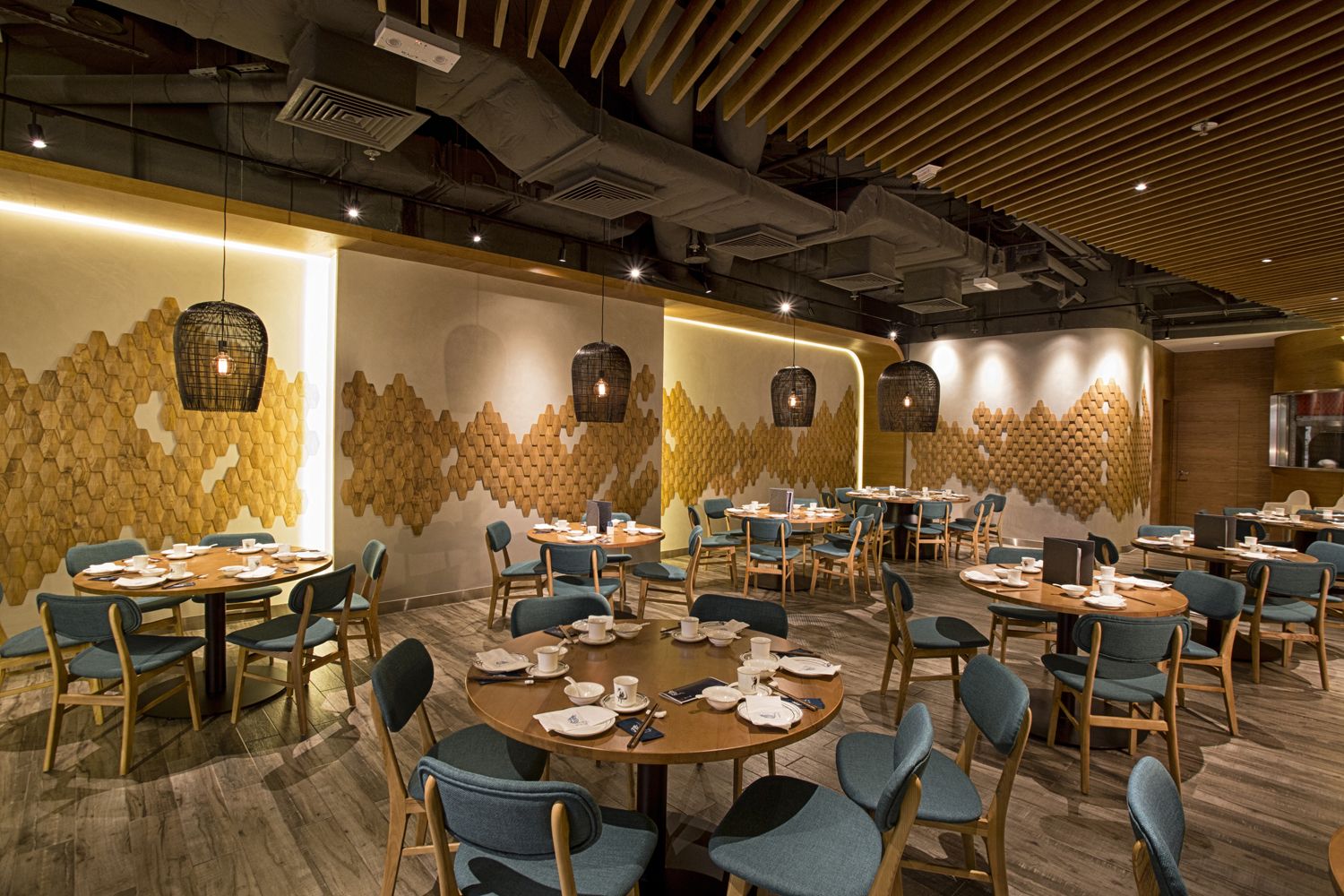“Demon Chef” Alvin Leung is back on the circuit, with a new Cantonese restaurant that claims to improve the age-old recipe for Peking duck
After Bo Innovation’s move last year, Alvin Leung has stayed a busy man: Besides running MIC Kitchen and casual Korean chain Bib and Hops, the “Demon Chef” topped off 2017 with the opening of Plato 86, a tapas restaurant in Wan Chai, and Forbidden Duck in Causeway Bay’s Times Square.
The restaurant, which takes over the space previously occupied by Yun Yan, is similar to the likes of Mott 32 and Yan Toh Heen, where Peking duck is a signature item alongside contemporary renditions of Cantonese classics. Leung’s new restaurant brings new ideas to the traditional construct of the Peking duck dish, offering not only its traditional version, but also one with a modern twist.

We began our meal with marinated duck tongue and jellyfish with Sichuan green sauce. The starter is cool and filled with textures, the cartilage in the duck tongues and the crisp jellyfish bringing varying levels of crunchiness to the palate. The Sichuan condiment, which looks a bit like pesto, is mildly spicy at first, but a potent hit of numbness from Sichuan peppercorn arose shortly after. Crispy duck skin with smoked soft-boiled duck eggs is a delightful course to follow-up with. Translucent and golden, the duck skin covers the soft-boiled duck eggs, which are lightly smoked and seasoned with just the lightest touch of five-spice salt. The dish is best enjoyed while the skin remains crisp.









